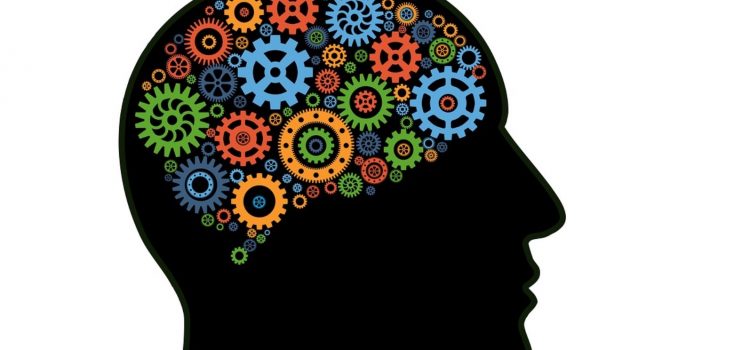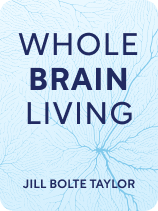

This article is an excerpt from the Shortform book guide to "Whole Brain Living" by Jill Bolte Taylor. Shortform has the world's best summaries and analyses of books you should be reading.
Like this article? Sign up for a free trial here.
Do you know the basic anatomy of the brain? What are the functions of the left and right hemispheres of the brain?
In Whole Brain Living, Jill Bolte Taylor describes four “characters” of the brain that help achieve inner peace. The physiological basis for the four characters includes the left and right hemispheres of the brain, as well as the limbic (emotional) and cortical (thinking) tissue that spans both hemispheres.
Keep reading to learn more about basic brain anatomy.
The Left and Right Hemispheres
The first thing you need to know about basic brain anatomy is the difference between the left and right hemispheres. Taylor says that the left hemisphere of the brain houses our ability to organize information in a linear and ordered way. It allows us to store memories, differentiate between past, present, and future, and recognize the physical boundaries between ourselves and others as well as individual objects. According to Taylor, our left brain is the part of us that loves structure and is motivated by external factors like social acceptance and material possessions.
The right side of the brain contributes to creative skills and big-picture thinking. It processes information purely in the present moment rather than linking it to the past or future. Taylor describes the right hemisphere as our “unconscious” mind that loves unconditionally and understands our energetic connection to everyone and everything in the universe. This is the part of her brain that shaped her transcendental experience when her stroke (caused by a hemorrhage in her left hemisphere) shut down her left-brain cognitive functions.
Taylor also clarifies that we use both hemispheres simultaneously since they’re linked by the brain’s network of neurons. She says that each hemisphere simply processes information differently, giving them different strengths, and we can think of each side as constantly competing to influence what we’ll do in response to incoming information.
The Limbic System and Cerebral Cortex
Taylor says that in addition to grasping the differences between our left and right hemispheres, it’s important to understand the two types of tissue that span both halves and divide each hemisphere into two distinct “characters.” The first type is limbic tissue, which processes emotions. Limbic tissue makes up the limbic system. This is the part of our brain that evolved earlier than the cerebral cortex, and its reactions to external stimuli are automatic and rapid. For example, when someone sneaks up on you, the limbic system might react by causing you to jump and squeal. The second type of tissue, cortical tissue, is situated outside of the limbic system in the brain (like an outer layer of an onion), and cortical tissue is responsible for higher-level thinking. Taylor explains that cortical tissue makes up the cerebral cortex, which evolved more recently in humans. The cerebral cortex is at work when we’re thinking through a logic puzzle or weighing the pros and cons of a decision.
Because of the physical arrangement of these tissues (the limbic system is closer to the brain stem than the cerebral cortex) we experience emotional reactions first—before we have a chance to rationalize what’s going on. During this initial emotional reaction, the limbic system causes physiological changes such as releasing chemicals into the bloodstream or increasing our heart rate, and this physical experience of an emotion lasts for 90 seconds. Taylor says that after that, we can use our cerebral cortex to shift our thinking and override the initial reaction. Or, we can choose to re-trigger the same emotion and start the 90-second cycle over again. She refers to this phenomenon as the “90 second rule.”

———End of Preview———
Like what you just read? Read the rest of the world's best book summary and analysis of Jill Bolte Taylor's "Whole Brain Living" at Shortform.
Here's what you'll find in our full Whole Brain Living summary:
- How you can choose to access different parts of your brain
- The four areas of the brain that perceive and navigate the world differently
- How to achieve emotional well-being by getting to know your brain better






